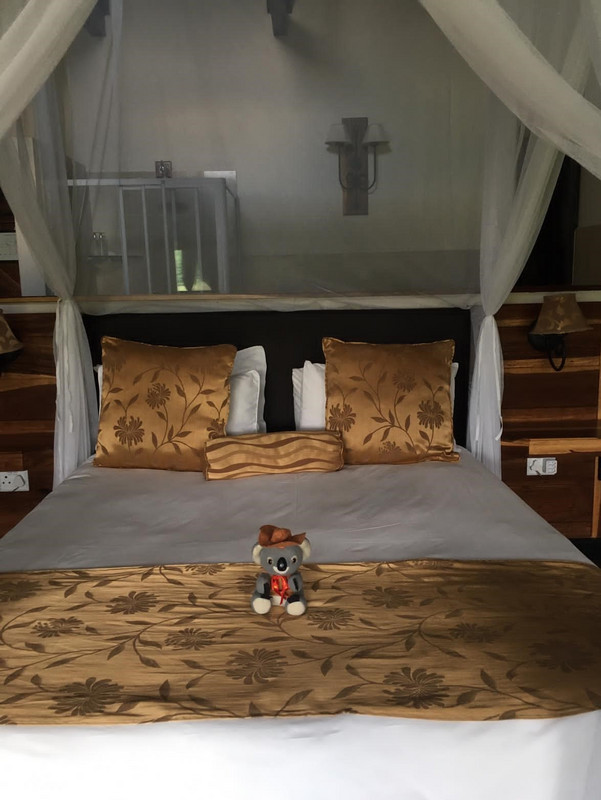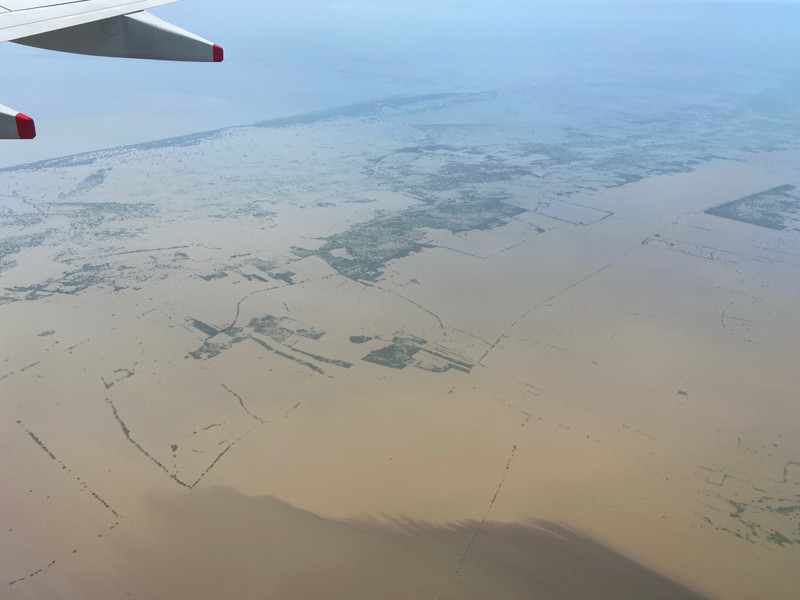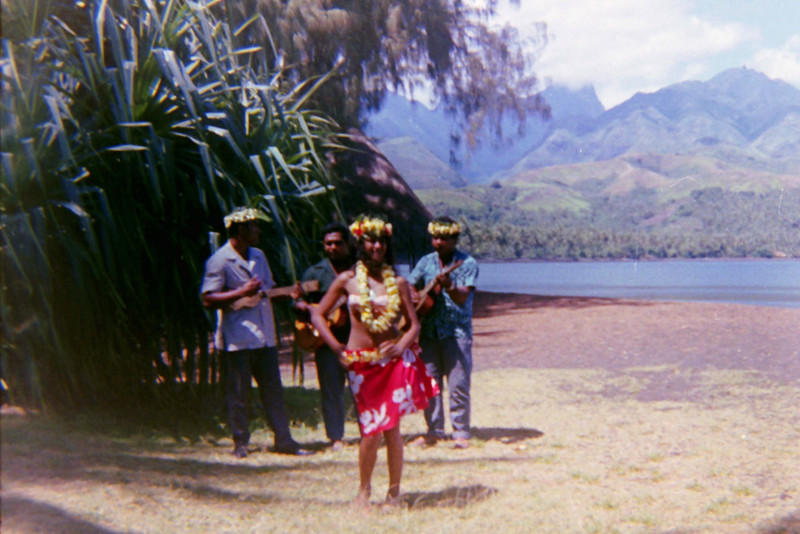We woke up as the sun shone through the verandah door into our room. After the 400 km North to South drive along the Drakensberg mountain range, we were quite happy to have a day off driving. We also woke up hearing a strange for us unusual noise. Walking out of the room we got a big surprise. A male peacock was courting a female with all his beauty, showing off his wonderful colorful tail and making the sounds only a guy in love can make. This pre breakfast spectacle happened on the lawn in front of our bedroom. please...... The poor guy was not successful. The lady peacock left him standing and walked off after his show has ended. And we walked to our breakfast table, where freshly brewed coffee with all thinkable goodies were awaiting us.
Today we will travel to the Sani Pass up the Drakensberg mountains. It is an extremely difficult off road path climbing to 2876 m altitude, to the Lesotho border. We can not cross it for the said reasons. Corona tourist closure will not allow us to visit the legendary Sani Mountain Lodge, Africas highest pub, which is located only 8km
across the border in Lesotho. The route up Sani Pass starts at 1544 m, and climbs 1332 vertical meters. The road is a steep gravel road, full with large rocks and deep potholes, with a gradients of up to 1:3 (33%), which can be difficult to drive. In bad weather dangerously slippery and in winter possibly covered with snow and ice. It is not to self drive, unless one is very experienced with 4X4 driving and has a vehicle like Landrover, Landcruiser or Ford Ranger with special tires. As ours was a sedan, we left the driving to a professional and enjoyed the scenery and the chats with our local Zulu driver. The pass lies between the border controls of both countries and is approximately 9 km in length. The Sani Pass dirt road is being upgraded from the South African side as we drove along. Whilst it may be important economically it will destroy a lot of the natural beauty and charm it has now. The environmental assessment prior to the road construction is not free of scrutiny and some locals see a corruption driven motive behind it. The Lesotho side is already tarred, curtesy to the PRC.
The Drakensberg escarpment stretches for more than 1000 km from the Eastern Cape Province in the South, in North Easterly direction right through the provinces of the FreeState, Mpumalanga and Limpopo towards the border of Zimbabwe. In Mpumalanga the mountain rages are called by the Africaaners population Klein Drankensberg. We drove over them earlier in the journey when travelling to Hazyview. The highest peak of the range is Thabana Ntlenyana at 3482m. Our travel from Clarens to Underberg was hence a very small part of the Drankensberg escarpment, but by far the most scenic.
Reaching the Lesotho border had somethin exotic for Nenad. So sad we could not enter. Also that beer in the highest pup eluded Nenad.... Well, so we focused alternatively on Nuis passion, the mountain flowers in the Drakensberg, especially the Protea flower family. The King Protea is South Africas national flower. More on this we shall see when visiting the Kirstenbosch National Botanical Garden in Cape Town in a weeks time.
Lets briefly speak about the Kingdom of Lesotho. It is a landlocked country encircled by South Africa, hence an enclave. It is crisscrossed by a network of rivers and mountain
ranges including the mentioned highest peak of the Drakensberg. Lesothos capital is Maseru and the country has app. 2.1 million inhabitants. Its history is closely liked to King Moshoeshoe (I), who founded it in 1822. Throughout the 19h century the Soto fought battles with the Zulu, the Boers and the British giving them at times embarrassing defeats. in 1867 Moshoeshoe appealed to Queen Victoria, who agreed to make his kingdom a British protectorate. Moshoeshoe died in 1870, marking the end of the traditional era and the beginning of the colonial era.









